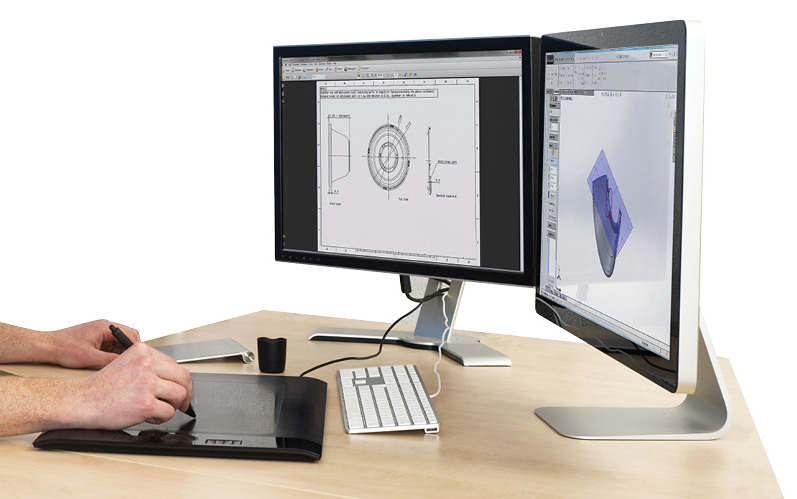Product/Service Development
Comprehensive services covering research and development from start to finish.
Before starting the project you need to identify one or more of the following:
- Design direction, ex. style, material
- Technology options, ex. old vs new
- Production methods
- First evaluation of cost
And we give you experienced advice on your project regarding:
- Project objectives
- Product expectations
- Challenges variety and root-causes
- Project technical feasibility
- Project requirements
Only then we follow together following steps:
1. Feasibility study and research
Research, Technology Research, and Intellectual Property (IP) Research help establish the product idea position in the market against ready available current ideas, patents, and products. This gives an understanding of the industry landscape. In this stage, past and current valid intellectual property (IP) are analysed to assist the feasibility of developing the proposed new innovation.
2. Concept development
Abstract feasible ideas are developed to shape the new product and achieve set goals, turning vision into reality. Features of new products are selected from an array of possible features to provide the most efficient design. A visual representation of the idea and features helps the development process to proceed.
3. Preliminary and detailed concept
Design and features detailed development starts after the concept reaches a satisfactory point and all the main features are frozen. The preliminary design focuses on creating the product framework, which is crucial for product development. The visual representation is made using digital design frameworks, which helps effectively communicate the product idea.
4. Technology integration
Technological elements, e.g. electronic components, are designed and integrated into the product's system. The process facilitates the preparation of production quality prototypes at an early stage in the development process, e.g. PCBs are designed using final SMD components directly instead of going through breadboard iterations. This allows identification of integration challenges early on in the process.
5. Prototyping and testing
Tests are first carried out digitally by simulating real-world scenarios to estimate product design ability and limitations. This helps identify key possible improvements required to overcome newly found limitations. Simulation simply helps identify how the product might change its shape or break when used by end-user. It could also highlight areas with excess material that could be removed; to save weight and cost without impacting product functionality.
6. Review and optimisation
Test results throughout the prototyping cycle are reviewed to highlight challenges and areas for improvement. The design is then either improved through modification or is redone from scratch to provide maximum improvement.
7. Technical documentation
Technical documents are prepared to highlight important controlled features. The documents are prepared in universally understood standards and clearly communicate product specifications, e.g. dimensions and tolerances. This helps producers analyse and comprehend production requirements and reduce explanation needed, regardless of their experience, language or geographic location.
8. Preproduction samples
The first preproduction sample is made based on technical drawings. This verifies product functionality, specifications, and aesthetics. Additional improvements required can then be fed again into a design review and optimisation loop and a new preproduction sample is produced, accordingly.
9. Supply chain setup
The product is divided up into multiple sets of parts based on required manufacturing processes and parts materials. Manufacturers capable of manufacturing each set are contacted, reasonable offers are compared and manufacturing decision is finalised.
10. Production management
The supply chain is monitored using online progress monitoring. Continuous communication is maintained to ensure challenges are solved promptly. Manufacturing micro-processes are continuously reviewed to maintain quality production and avoid challenges at the assembly line. The assembly line setup is reviewed for improvements and quality maintenance. On-site checks to ensure production progression are available for reasonable fees.
11. Quality control
Final parts and assemblies are reviewed for conformity and performance. Dimensions are checked for consistency and the products specifications are verified. For most new products non-confirming units can be a significant percentage. These are replaced by supplementary production to achieve the required number of units. Product patches that pass quality control tests are packaged and shipped according to requirements.


